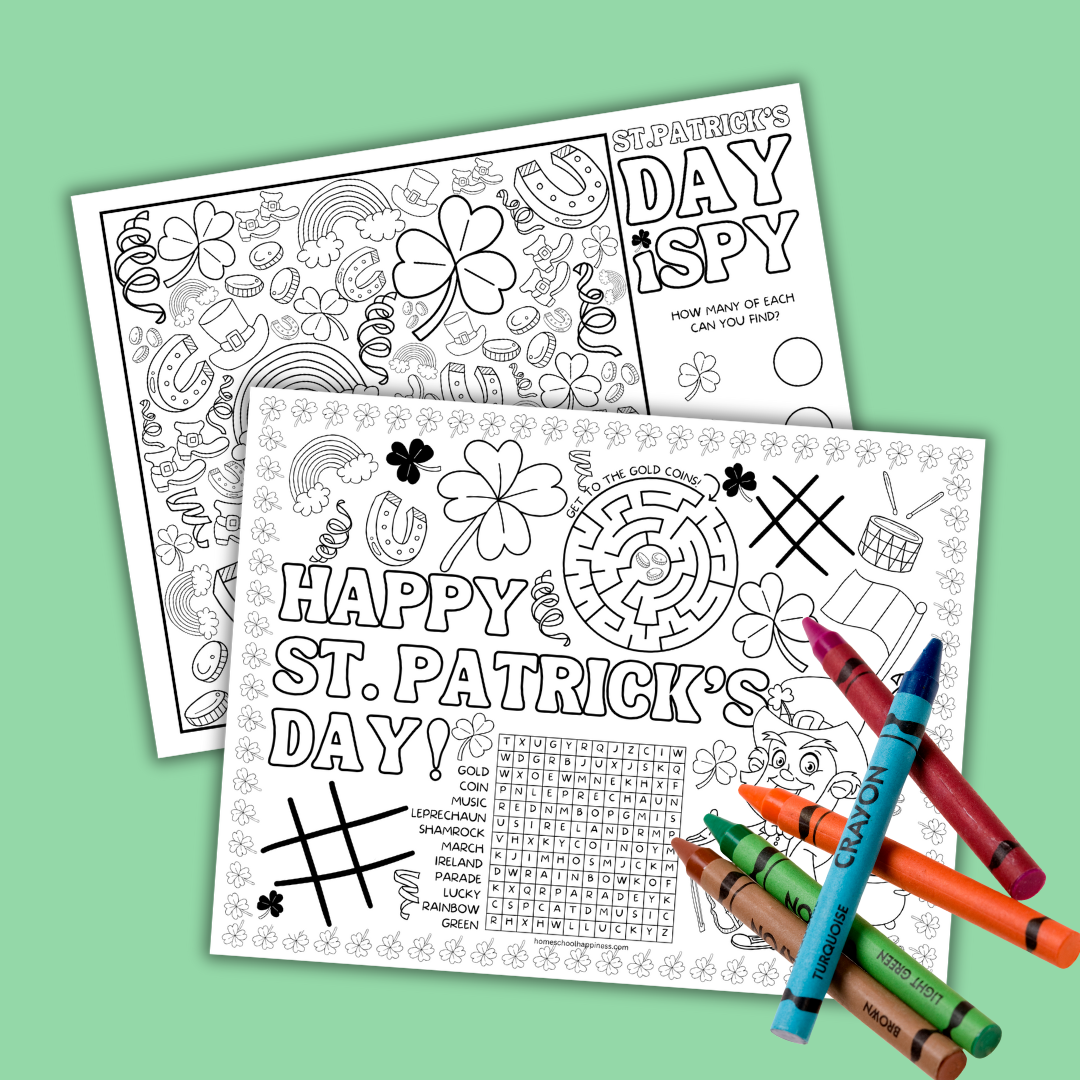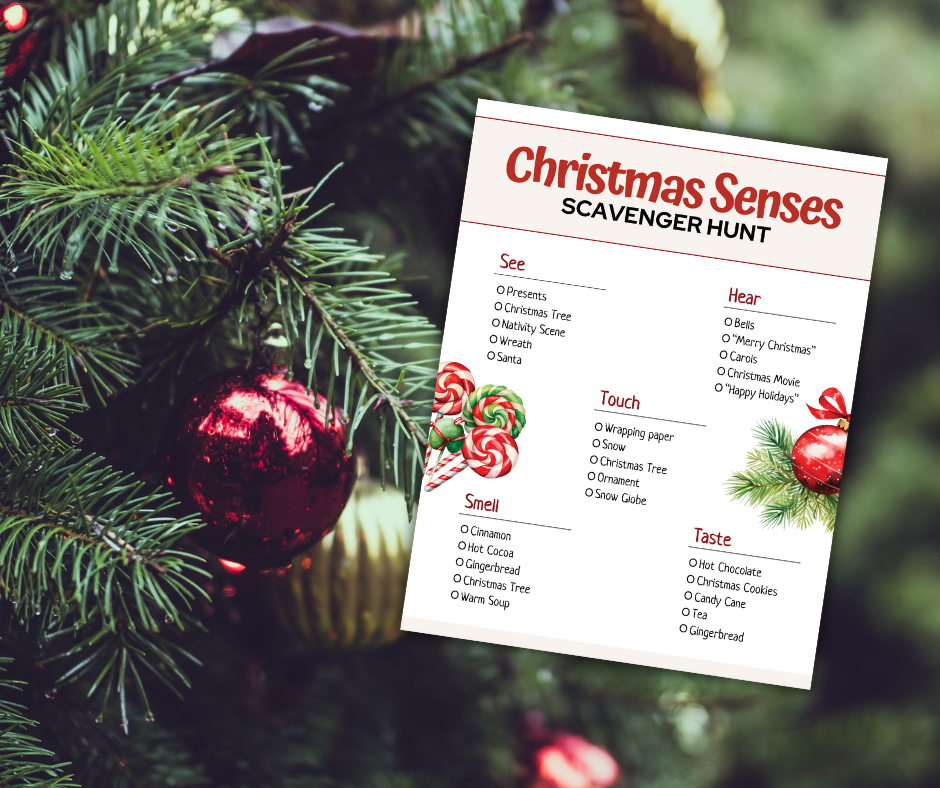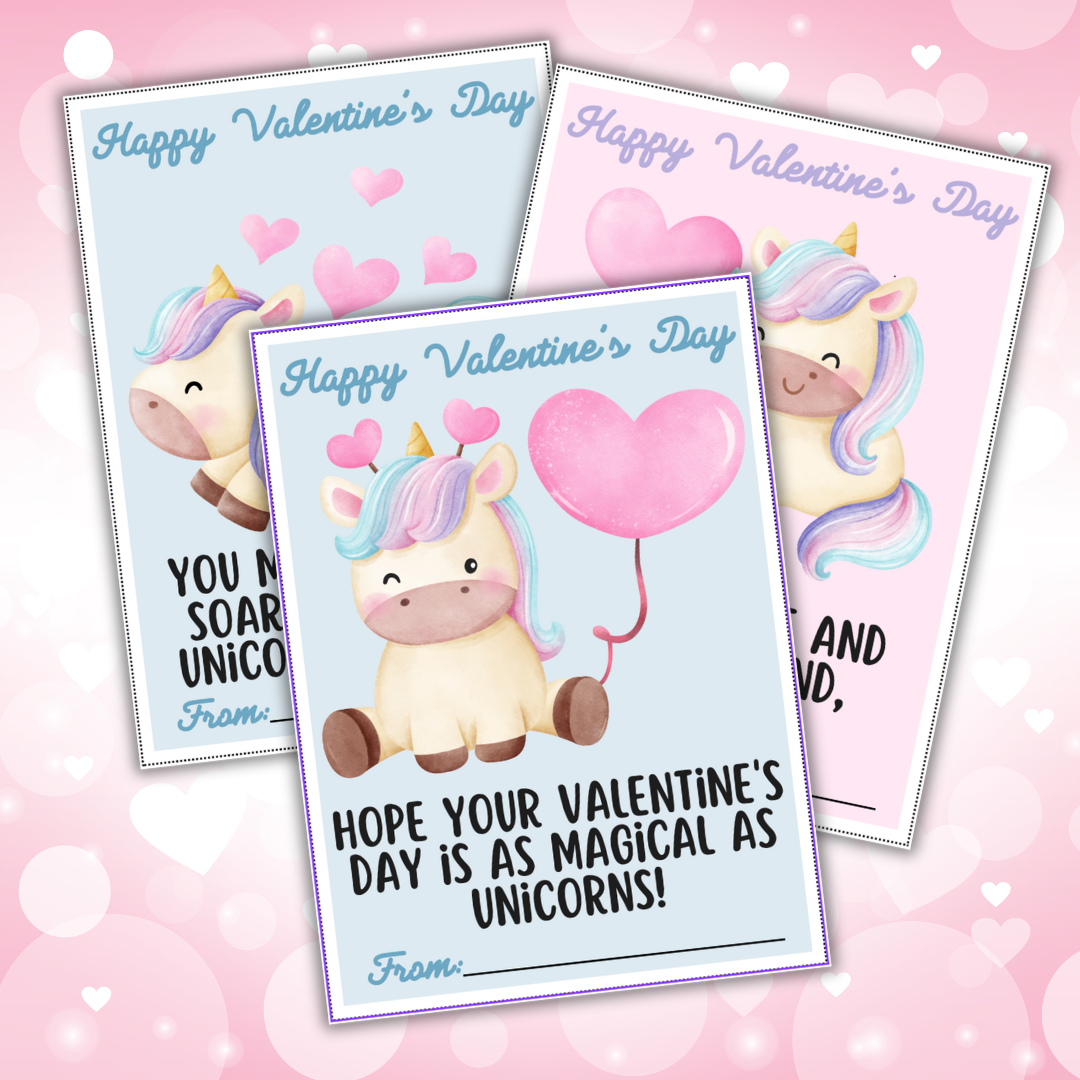1st Grade Compound Words
Ready to become word detectives? Our 1st Grade compound words worksheets are here to help! Think of compound words as a secret code!
They’re two little words that stick together to make a whole new word, like “pancake” or “sunshine”.
Learning to crack this code is a reading superpower! Soon, you’ll spot compound words in your books and all around you.
Want to give it a try? We’ve got some super fun compound word activities on our free homeschool printables. Get ready to boost your vocabulary, and have a blast!
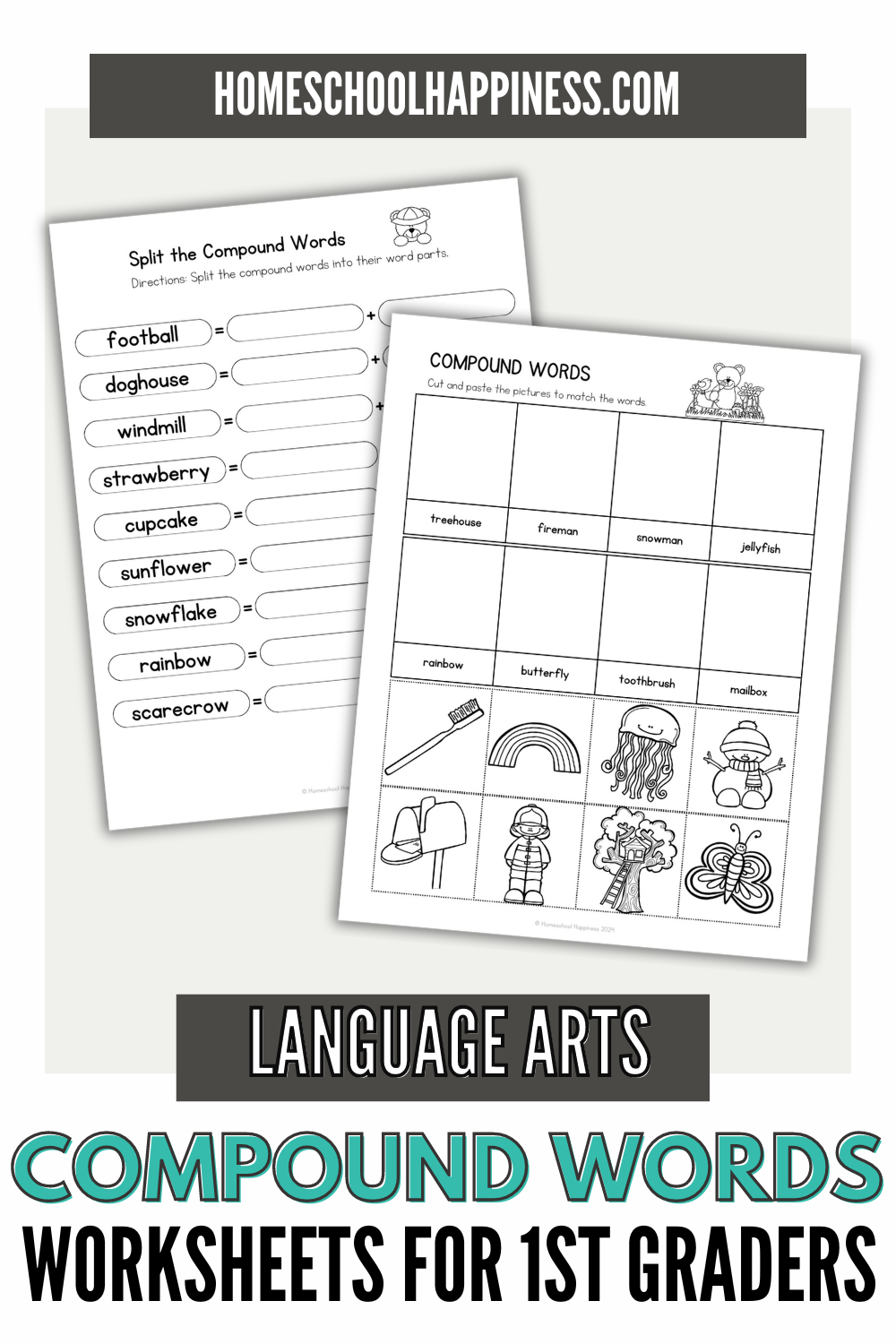
Get ready to be a word detective! Can you figure out the two sneaky words hiding inside ‘cupcake’ or ‘seashell’? Compound words are a fun word puzzle!
What is a compound word?
A compound word is two smaller words joined together to create a brand-new word with its own meaning. Think of it like this:
- Word 1 + Word 2 = New Compound Word
- Butter + Fly = Butterfly
- Rain + Bow = Rainbow
Why Compound Words Matter
Understanding the role and importance of compound words in language development, especially for 1st graders, is a bit like discovering a new tool that makes learning both effective and enjoyable.
By enhancing vocabulary, children gain access to a broader range of words, allowing them to express themselves more vividly and creatively. Just imagine the empowerment they feel when they can describe a ‘firefly’ instead of simply a ‘fly by the fire’. It’s a small change but opens up a world of descriptive possibilities!
Additionally, compound words play a crucial role in young learners’ reading and writing development. They are practical examples of how combining familiar words can create new meanings, encouraging students to experiment with language in their writing.
Recognizing these words in texts also contributes to improved reading skills. Children can more easily break down complex terms into their component parts by learning to identify compound words, enhancing comprehension and fluency.
In short, compound words are not just a fun linguistic feature but an essential building block in the foundation of literacy. By mastering these, students expand their vocabulary and gain valuable skills supporting their ongoing reading and writing development. Keep encouraging these discoveries, and watch your young learners turn simple words into magic!
SCROLL TO THE BOTTOM OF THE POST TO DOWNLOAD THE PRINTABLES
1st Grade Compound Words
In this set of printable worksheets, you’ll find activities that focus on the following skills:
- Reading compound words
- Recognizing compound words
- Splitting compound words
- and more!
Our compound word worksheets make learning a blast! They help your child build super-important skills for reading and writing success. With every fun activity, they’ll practice spotting compound words, expanding their vocabulary, and becoming super spellers!

Compound Words Worksheets
Our carefully crafted compound word worksheets provide a hands-on approach for students to explore and apply their knowledge of compound words in engaging and practical scenarios. Each worksheet is designed to spark curiosity and reinforce learning in a fun, accessible way.
On the first page, children will read a compound word and glue a picture of that word in the box above it. Children can also color the pictures, if they’d like.
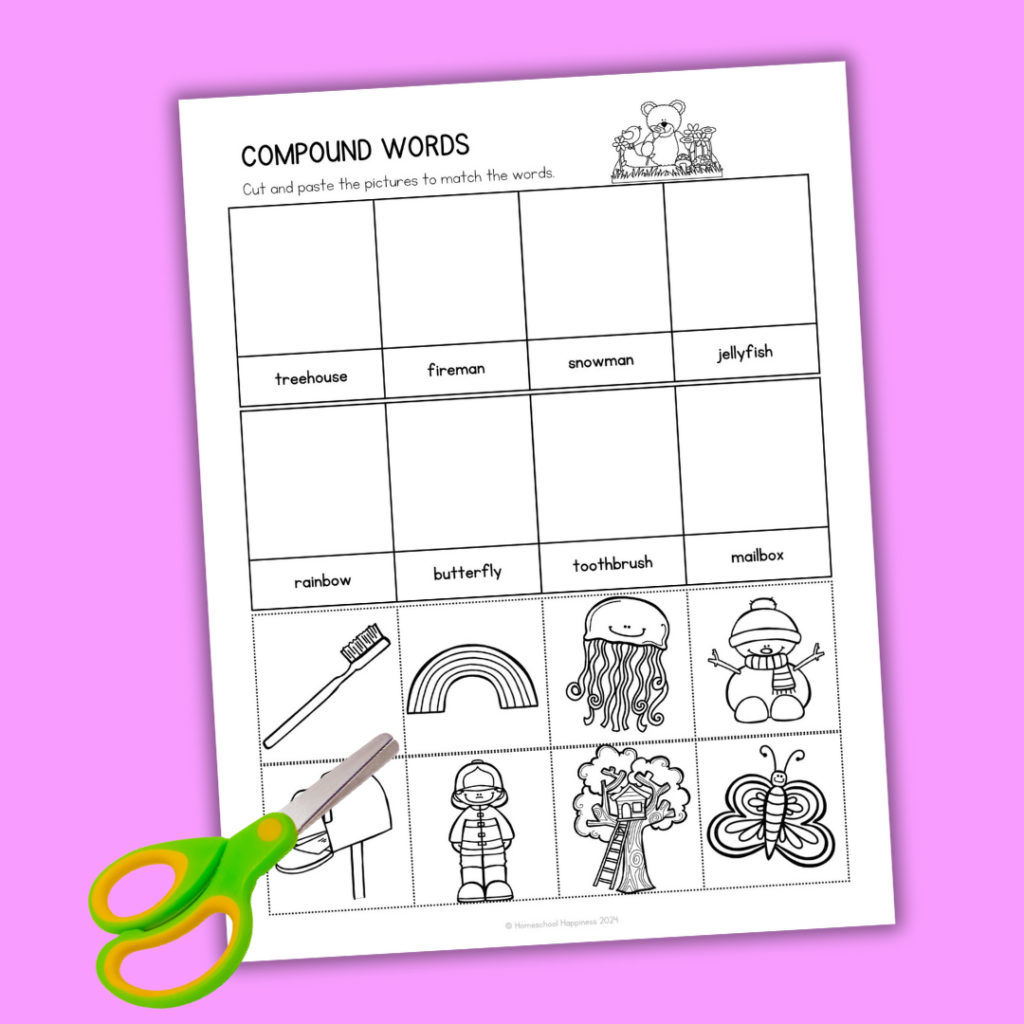
Next, children will read the two words that make up a compound word. Then, they’ll cut and paste the matching image into the correct box. Again, children can color the pictures if they’d like.
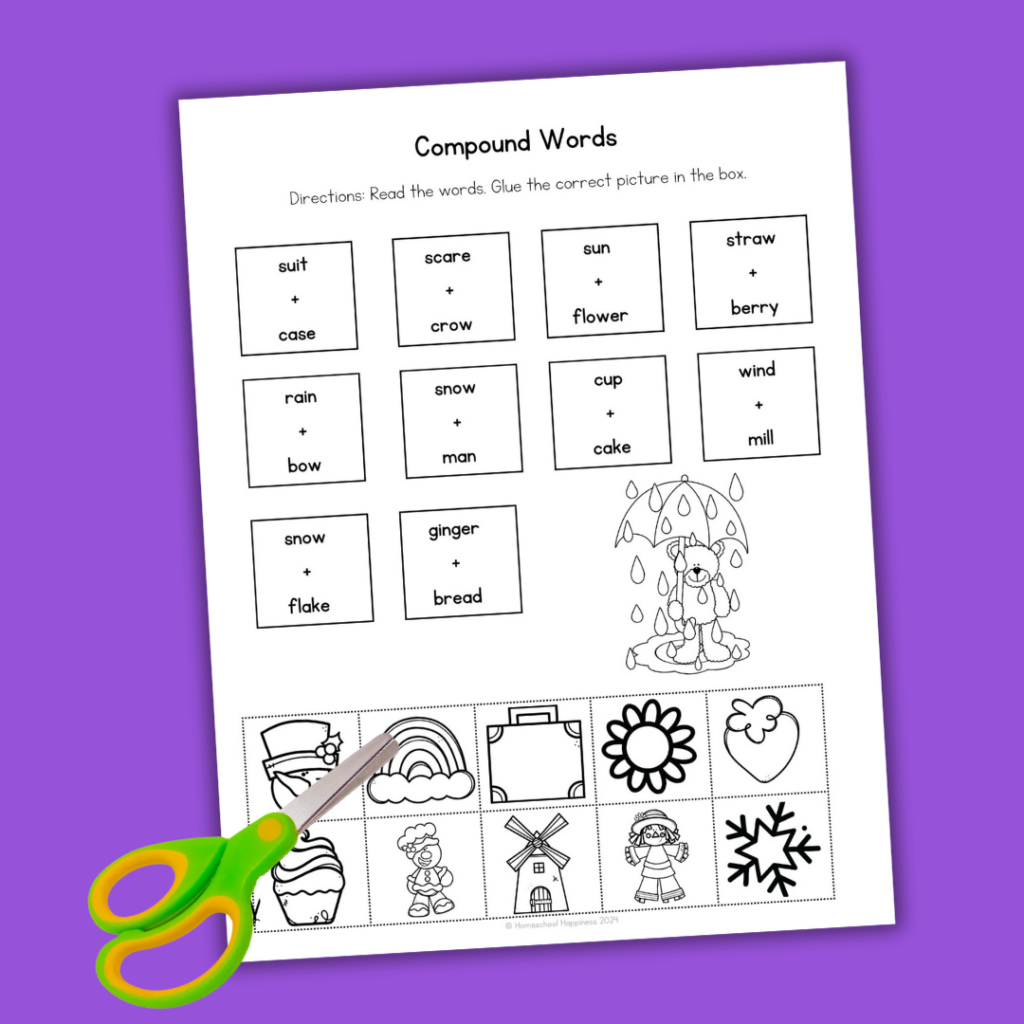
Then, children are asked to read words around the page. They’ll circle all of the words that are compound words. If they’d like, they can then color the picture in the middle of the page.
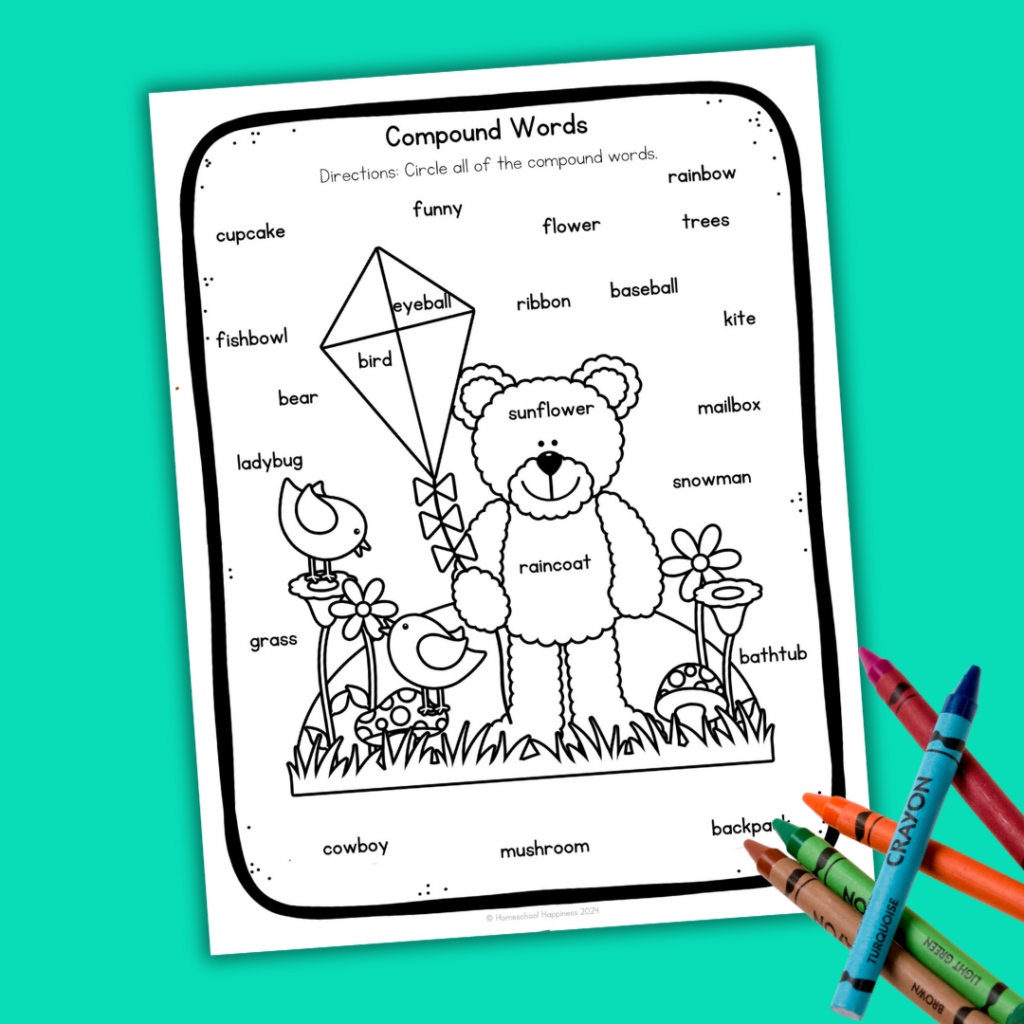
Finally, your kids will read a series of compound words. Then, they’ll write the smaller words that make up each compound word.

Fun Activities and Games for Learning Compound Words
Getting 1st graders excited about learning compound words can be fun and effective with the right activities. Here are some engaging games and activities to incorporate into your teaching:
Compound Word Match-Up: Create cards with individual words on them, and have students match pairs that form a compound word. This reinforces the concept and encourages teamwork and communication among students.
Compound Word Treasure Hunt: Turn the classroom into a treasure hunt zone where clues lead to compound words. Each clue consists of two words that, when combined, reveal the next clue’s location. This activity is fantastic for physical involvement and brings an adventure to learning.
Storytelling with Compound Words: Encourage students to create stories that include as many compound words as they can. This allows them to apply their knowledge creatively and learn from each other through sharing.
Drawing Compound Words: Sometimes, visual aids can significantly enhance understanding. Have students draw pictures of compound words, emphasizing the two words that make up the compound. This can be a solo project or a collaborative mural for the classroom.
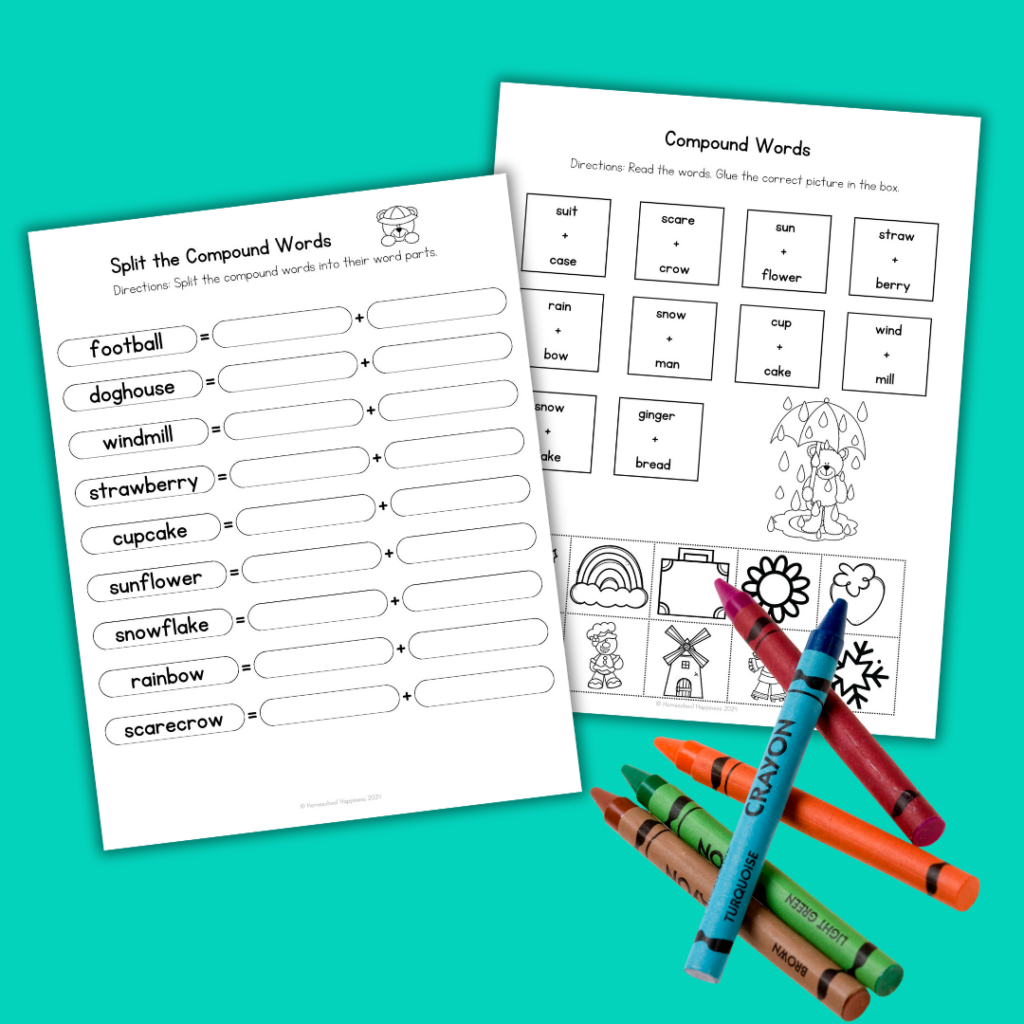
Interactive Online Resources for Students
In today’s digital age, integrating technology into the classroom can significantly enhance learning experiences for young students. Here are some recommended online resources to help first graders grasp compound words:
Educational Apps and Games: Look for apps specifically designed for young learners that focus on compound words. These apps often use games and quizzes to make learning interactive and fun.
Online Flashcards: Utilize websites that offer flashcards for compound words. This method is excellent for repetition and reinforcement, and many sites allow teachers and students to create their personalized sets.
Interactive Storybooks: Numerous online platforms provide interactive storybooks rich in compound words. These resources often include audio support and word highlighting to aid in comprehension and pronunciation.
Word Building Tools: Explore websites that offer virtual word-building activities. Students can drag and drop prefixes, suffixes, and root words to create compound words, receiving immediate feedback on their attempts.
Incorporating these activities and online resources into your teaching strategy can significantly enhance your student’s understanding and engagement with compound words.
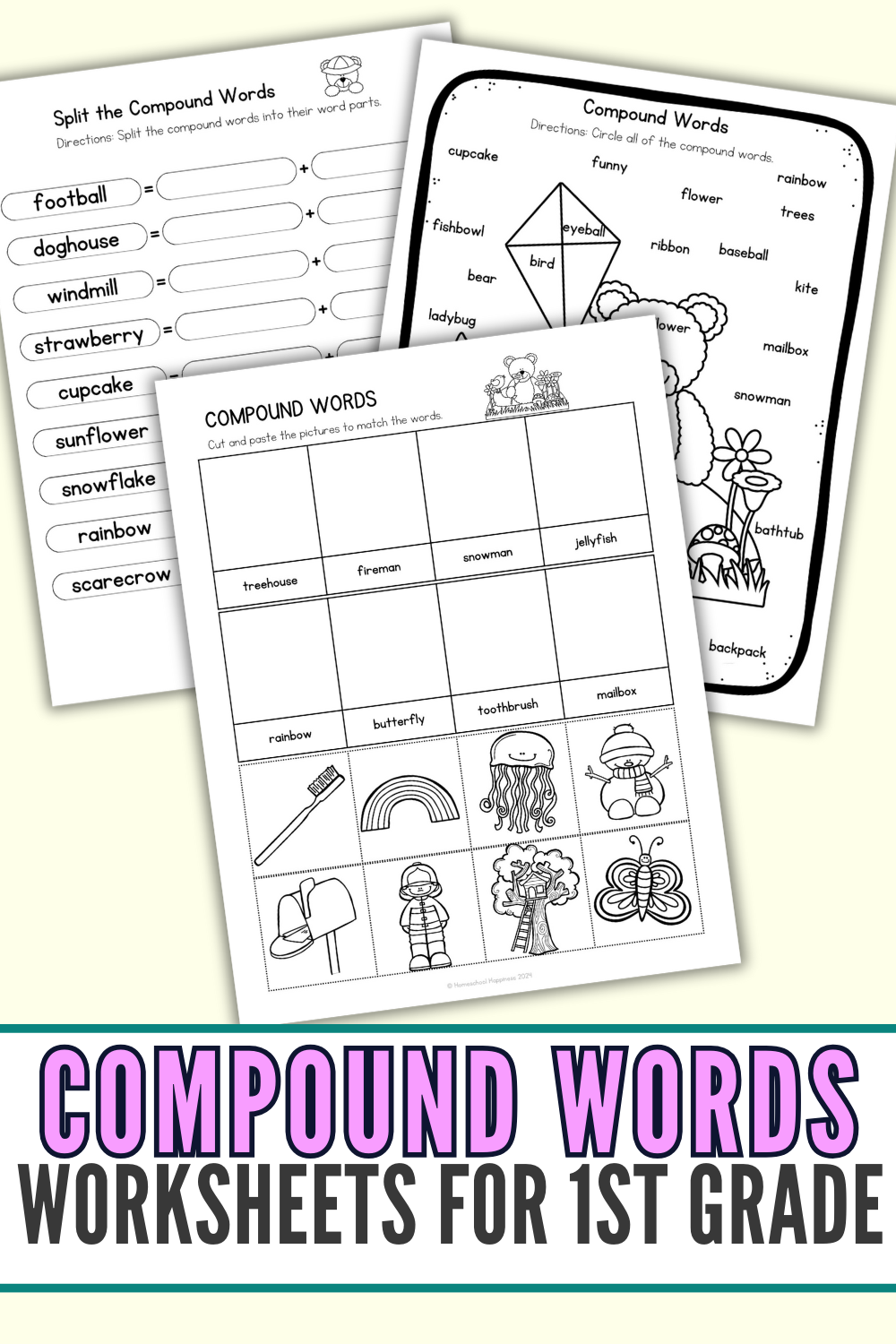
In wrapping up this exploration into the whimsical world of compound words, it’s clear that they are more than just a linguistic curiosity. They are vital in expanding young minds, enriching their vocabulary, and enhancing their reading and writing abilities.
Through the various activities, games, and online resources highlighted, educators and parents have a treasure trove of methods at their disposal to make learning compound words exciting and impactful.
Remember, every compound word discovered is a step towards a brighter, more confident communicator. I encourage all educators, parents, and guardians to weave these delightful linguistic constructs into everyday learning experiences.
Keep the fun alive, encourage curiosity, and celebrate each new word your young learner masters. Here’s to transforming simple words into magical gateways of understanding!

